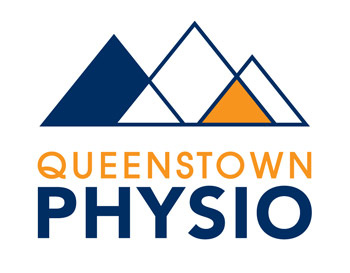Optimising Injury Healing – Effects of Alcohol
Immediately after an injury there is bleeding from damaged tissue, which forms a bruise. There is also an influx of fluid from the blood stream (swelling), which brings nutrients and cells into the area to begin clearing away the damaged tissues and to fight any infection which may have entered through a break in the skin. Although this swelling is a necessary and important part of the healing process, the formation of new tissue to repair the damage cannot begin until the swelling has subsided and the bleeding has stopped. This process takes from three days to a week. Alcohol is known to increase the diameter of blood vessels, thus increasing blood flow, in a process called vasodilation. Increased blood flow can increase the amount of swelling and bleeding into the injured area, ultimately prolonging the duration of the healing process and recovery time.
Alcohol is an analgesic and can mask the pain and injury. Pain is an important indicator of injury severity – after an injury, pain serves the frustrating but useful purpose of stopping you from moving or putting weight on an area that can’t cope with the increased load. Drinking after an injury allows you to do things which would otherwise be limited by pain, and subsequently increases the amount of damage by overloading the injured area too soon.
Tissue healing requires vitamins, minerals, fluids and rest. Alcohol decreases the efficiency of nutrient absorption for the gut and is a diuretic, which means that it increases the amount of urine you pass. Consumption of alcohol after injury therefore depletes the body of essential vitamins and minerals and causes dehydration at a time when the body is most in need of good nutrition.
Unfortunately, the effects of alcohol consumption do not subside when you sober up. The repercussions of alcohol consumption on the body can last up to five days after two consecutive nights of drinking.






